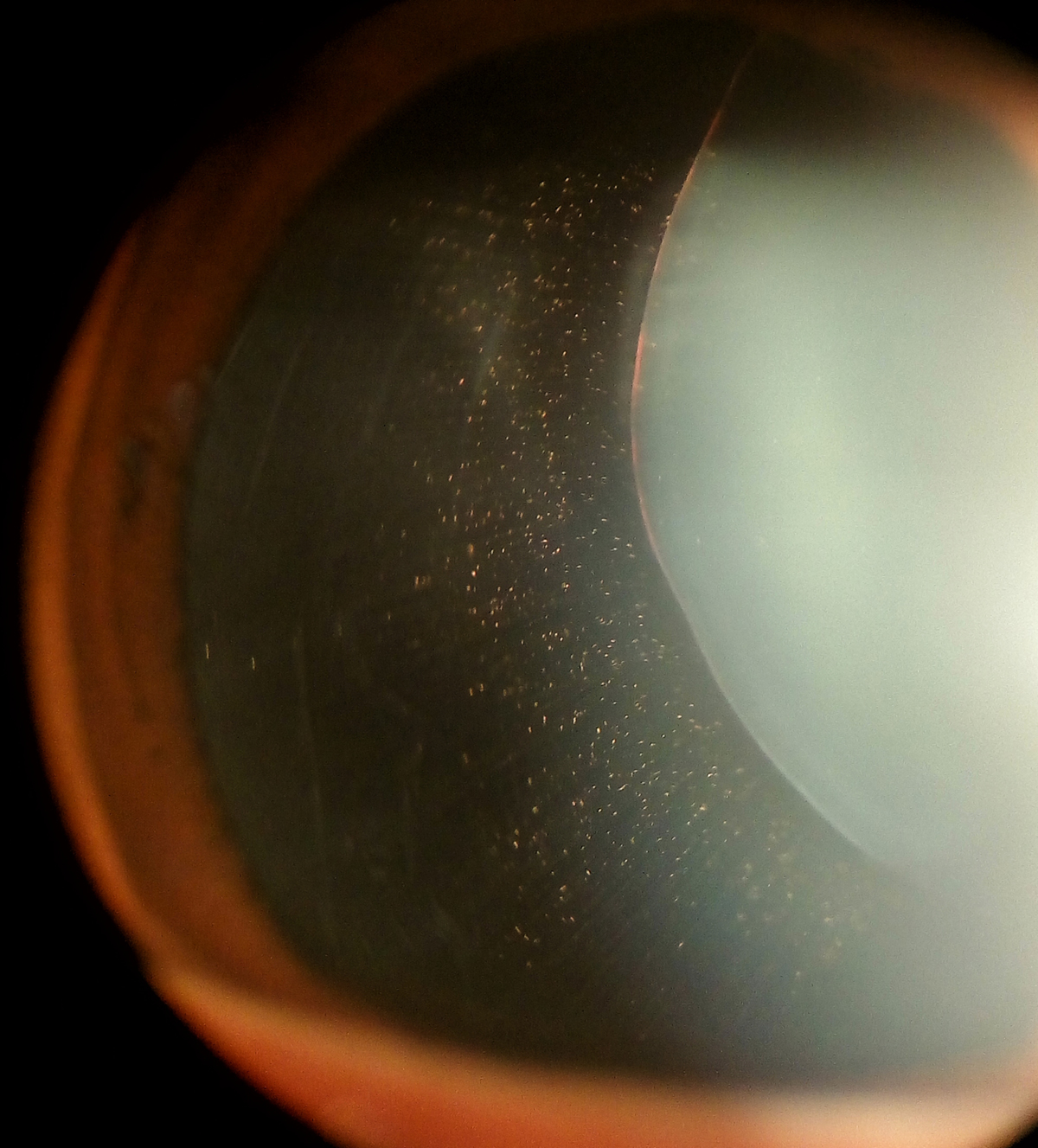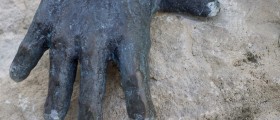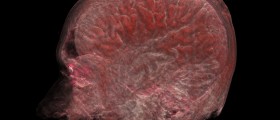
Marfan syndrome is a genetic disorder that affects the connective tissue. The disease is sometimes inherited as a dominant trait, carried by a gene called FBN1. People have a pair of FBN1 genes, and those who inherit one gene from either parent will have the disease. As already mentioned, this disease affects the connective tissues in the body. The primary role of the connective tissue is to support and anchor the organs and various bodily structures. Because this tissue connects all of the body’s elements, the disease can occur in many different parts of the body. Most commonly it affects the heart, blood vessels, bones, joints and eyes. It is estimated that 1 in 5,000 people have Marfan syndrome.
Causes of Marfan syndrome
The Marfan syndrome is caused by a defective gene responsible for synthesis of fibrillin1 protein. This protein is critical for connective tissue, and when it doesn’t function properly, there is an increase in a protein called transforming growth factor beta, or TGFβ. This further results in various problems in the connective tissue and causes medical problems associated with the Marfan syndrome. The disease is almost always inherited from a parent who has the disorder. Only about 25% of people with this disease get it as a result of spontaneous mutation. This means they are the first in the family history to have Marfan syndrome.
Symptoms of Marfan syndrome
In most cases, people are unaware they have Marfan syndrome, until later in their life. However, the symptoms may occur at any age, but they tend to worsen as the person gets older. The symptoms of the disease can affect literally any part of the body. In most cases, at least three features of the syndrome are present in a different part of the body. Only in some rare cases, people will have all of the syndromes. Some symptoms of the disease are very hard to spot, as they demand special medical attention and diagnosis. For example, this is the case when the heart and blood vessels are affected. The patient may have an enlarged aorta, separation of the layers of aorta or mitral valve prolapsed.
The most common and the easiest to detect symptoms are those that affect the skeletal system, bones and joints. Affected person will have long arms and legs and a characteristic tall and thin body type. Other symptoms include curvature of the spine, chest that sinks in or sticks out, long and thin fingers, flexible joints, overcrowded teeth and flat feet.
If the eyes are affected the patient may have severe nearsightedness, discolorated lens of the eye, detached retina, and early glaucoma or cataracts.
Other symptoms include stretch marks on the skin and a sudden failure of the lung.

















Your thoughts on this
Loading...